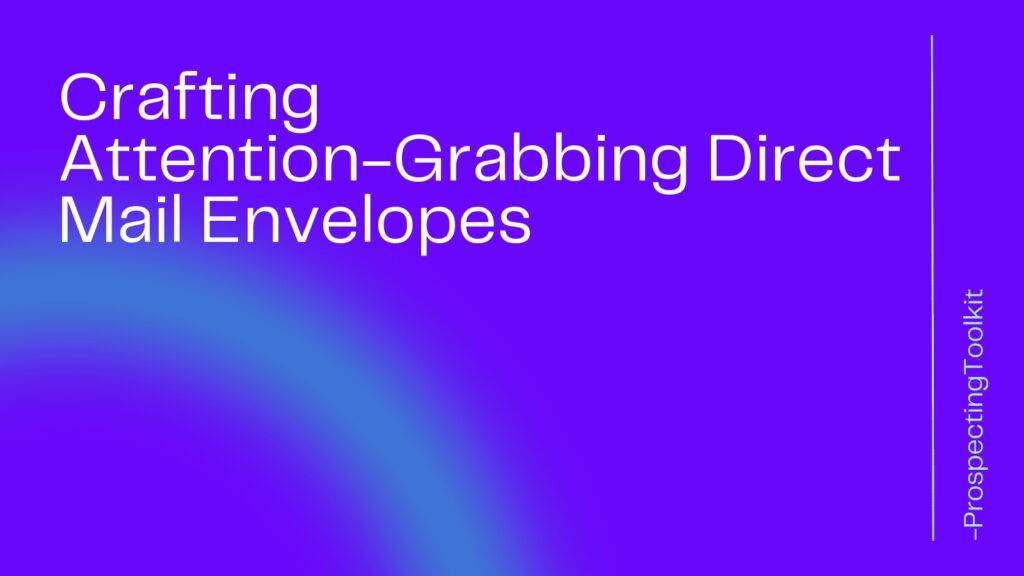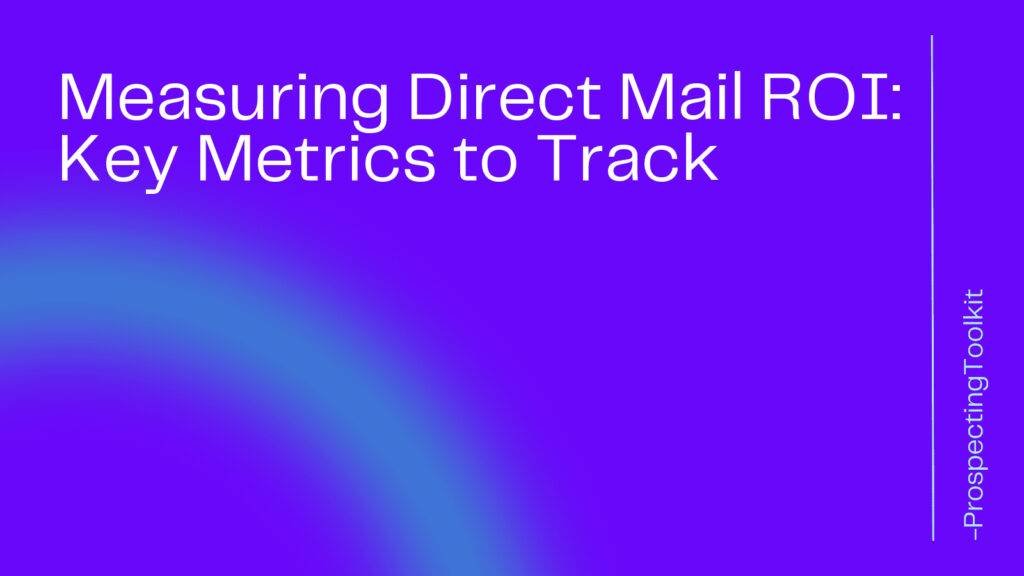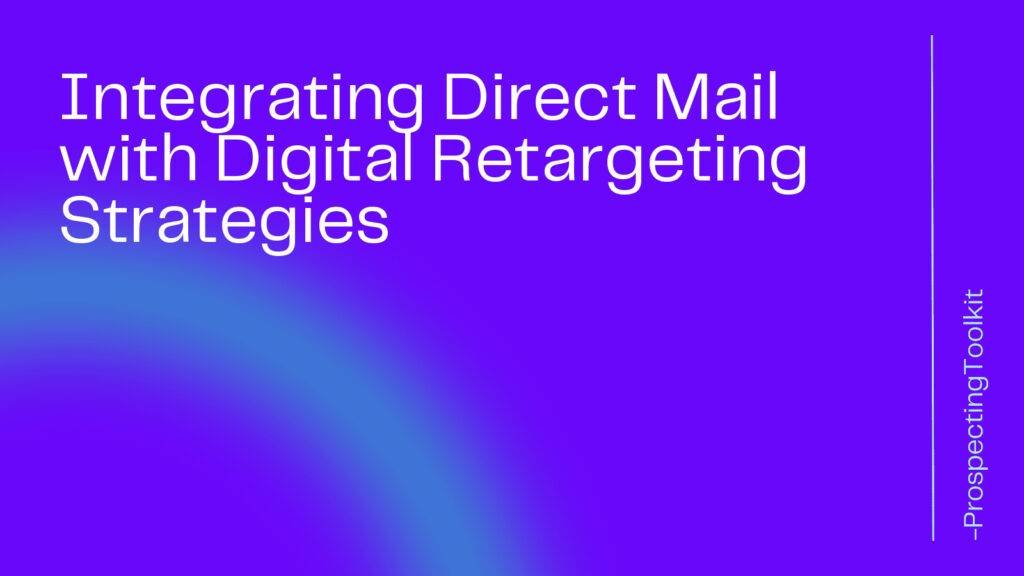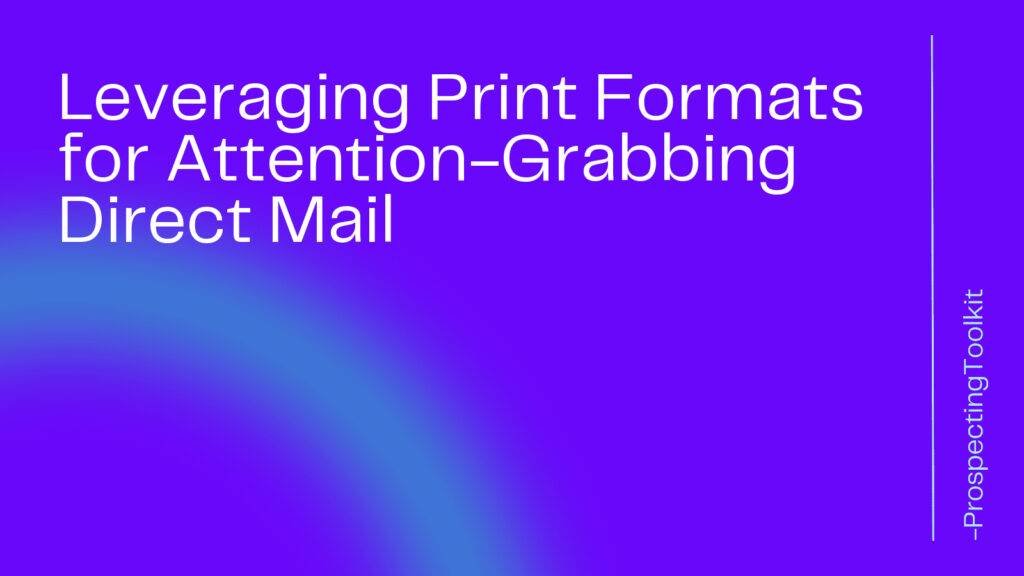Objections are a natural part of the B2B sales process.
No matter how good your product or service is, there will always be some prospects who have questions or concerns. The key to handling objections effectively is to be prepared and to have a plan.
In this blog post, we will discuss some of the most common B2B sales objections and how to handle them.
We will also provide some tips for overcoming objections and closing more deals.
Table of Contents
ToggleKey Takeaways
| Objection | Response |
|---|---|
| Price | Explain the value that your product or service provides. Offer discounts or payment plans. Compare your product or service to the competition on a price-to-value basis. |
| Need | Help customers understand the benefits of your product or service. Share case studies of how other customers have benefited from your product or service. Offer a free trial or demo so that customers can try your product or service before they buy it. |
| Features | Explain the features of your product or service in detail. Show customers how to use the features of your product or service. Compare your product or service to the competition on a feature-by-feature basis. |
| Competition | Highlight the advantages of your product or service over the competition. Offer to compare your product or service to the competition side-by-side. Focus on the benefits that your product or service can offer the customer. |
The Most Common B2B Sales Objections
Price Objection
The price objection is one of the most common objections in B2B sales.
Customers may object to the price of your product or service for a variety of reasons, such as:
- They believe the price is too high.
- They believe they can get a better price from a competitor.
- They are not sure if the product or service is worth the price.
- They are not sure if they need the product or service at all.
There are a number of creative ways to overcome the price objection in B2B sales. Here are a few ideas:
- Focus on value, not price. Instead of talking about the price of your product or service, focus on the value that it provides. How can it help customers save money, improve their efficiency, or achieve their goals?
- Offer discounts or payment plans. This can make your product or service more affordable for customers.
- Bundle your product or service with other products or services. This can make your offering more attractive to customers and can also help to increase the overall value of your offering.
- Offer a free trial or demo. This will allow customers to try your product or service before they buy it, which can help them to see the value that it provides.
- Use social proof. Share case studies of how other customers have benefited from your product or service. This can help customers to see the real-world value of your offering and how it can benefit their business.
- Get creative with your pricing. For example, you could offer a subscription model, a pay-per-use model, or a tiered pricing model. This can make your pricing more flexible and can help to meet the needs of different customers.
Need Objection
The need objection is one of the most common objections in B2B sales.
Customers may object to the need for your product or service for a variety of reasons, such as:
- They may not be aware of the problem that your product or service solves.
- They may not believe that they have a problem that your product or service can solve.
- They may not believe that your product or service is the best solution to their problem.
- They may not be willing to invest in a solution to their problem at this time.
There are a number of creative ways to overcome the need objection in B2B sales.
Here are a few ideas:
- Educate the customer about the problem that your product or service solves. This can be done through blog posts, white papers, webinars, or other educational content.
- Help the customer to see the impact of the problem that your product or service solves. How is the problem costing them money, time, or productivity? How is it preventing them from achieving their goals?
- Show the customer how your product or service is the best solution to their problem. How is your solution better than the competition? What unique benefits does it offer?
- Offer a free trial or demo. This will allow the customer to try your product or service before they buy it, which can help them to see the value that it provides.
- Use social proof. Share case studies of how other customers have benefited from your product or service. This can help the customer to see the real-world value of your offering and how it can benefit their business.
Here are a few examples of how to overcome the need objection in a creative way:
- Ask the customer about their goals. Once you understand the customer’s goals, you can show them how your product or service can help them to achieve those goals.
- Ask the customer about their challenges. Once you understand the customer’s challenges, you can show them how your product or service can help them to overcome those challenges.
- Offer to conduct a free assessment. This is a great way to learn more about the customer’s needs and to show them the value that your product or service can provide.
- Develop a custom solution. This shows the customer that you are willing to go the extra mile to meet their needs.
- Offer a satisfaction guarantee. This reduces the risk for the customer and makes them more likely to try your product or service.
Features Objection
The features objection is one of the most common objections in B2B sales.
Customers may object to the features of your product or service for a variety of reasons, such as:
- They may not believe that your product or service has the features they need.
- They may believe that your product or service has too many features and that they will not use them all.
- They may believe that your product or service is too complex and that they will not be able to use it effectively.
- They may believe that your product or service does not have the features that they need to achieve their goals.
There are a number of creative ways to overcome the features objection in B2B sales.
Here are a few ideas:
- Educate the customer about the features of your product or service. This can be done through product demos, white papers, case studies, or other educational content.
- Help the customer to understand how the features of your product or service can benefit their business. How can the features help them to save money, improve their efficiency, or achieve their goals?
- Prioritize the features that are most important to the customer. Show the customer that you understand their needs and that you are focused on providing them with the features they need.
- Offer a custom solution. This shows the customer that you are willing to go the extra mile to meet their needs.
- Offer a free trial or demo. This will allow the customer to try your product or service before they buy it, which can help them to see the value of the features and how they can benefit their business.
Here are a few examples of how to overcome the features objection in a creative way:
- Create a personalized demo. This shows the customer that you are interested in their business and that you are willing to take the time to show them how your product or service can meet their specific needs.
- Create a video tutorial that demonstrates how to use the features of your product or service. This is a great way to educate the customer about the features and how to use them effectively.
- Offer to create a custom training program for the customer’s employees. This shows the customer that you are committed to helping them to succeed and that you are willing to go the extra mile to meet their needs.
- Offer a free consultation with a product expert. This is a great way to answer the customer’s questions and to help them to understand the features and how they can benefit their business.
- Offer a money-back guarantee. This reduces the risk for the customer and makes them more likely to try your product or service.
Competition Objection
The competition objection is one of the most common objections in B2B sales.
Customers may object to your product or service because they are already using a similar product or service from a competitor, or because they are considering other options.
There are a number of creative ways to overcome the competition objection in B2B sales. Here are a few ideas:
- Focus on the unique value proposition of your product or service. What makes your offering different from and better than the competition’s?
- Highlight the benefits of your product or service that are most important to the customer. How can your offering help them save money, improve their efficiency, or achieve their goals?
- Offer a free trial or demo. This will allow the customer to compare your product or service to the competition’s and see the difference for themselves.
- Share case studies of how other customers have benefited from your product or service. This will give the customer real-world examples of how your offering can help them achieve their goals.
- Offer a price match or discount. This can make your offering more attractive to customers who are considering other options.
It is important to remember that there is no one-size-fits-all approach to overcoming the competition objection.
The best approach will vary depending on the customer and the situation.
However, by being creative and focusing on value, you can overcome the competition objection and close more deals.
Tips to Handle B2B Sales Objections
Here are some tips for handling objections:
- Listen carefully: Before you respond to an objection, make sure you understand it completely. Ask clarifying questions and listen carefully to the customer’s concerns.
- Be empathetic: Try to see things from the customer’s perspective. Why are they concerned about the price? Why don’t they see a need for your product or service? Once you understand their concerns, you can start to address them.
- Be prepared: Take some time to think about the most common objections that you’re likely to hear, and come up with responses that are tailored to your specific product or service.
- Be confident: Speak confidently and with authority when responding to objections. This will show the customer that you know what you’re talking about and that you believe in your product or service.
Conclusion
Handling objections is an important part of the B2B sales process.
By being prepared and following the tips above, you can effectively handle objections and close more deals.
Additional tips:
- Don’t be afraid to say no: If a customer is not a good fit for your product or service, don’t be afraid to say no. It’s better to focus your time and energy on customers who are more likely to buy.
- Don’t take objections personally: Remember that objections are a natural part of the sales process. Don’t take them personally or let them discourage you.
- Keep practicing: The more you practice handling objections, the better you will become at it. So get out there and start selling!







